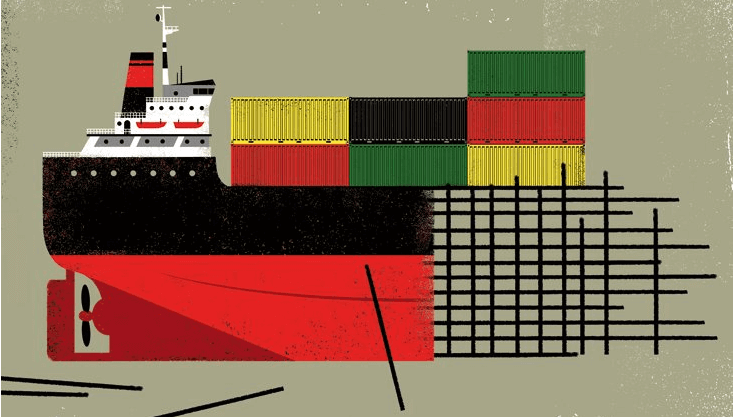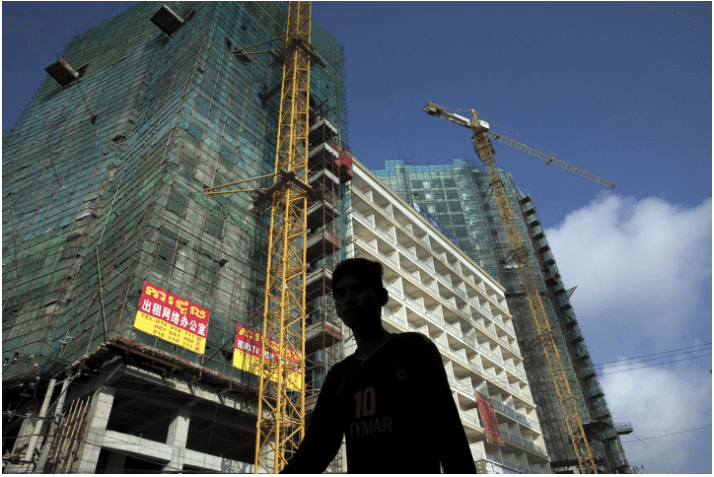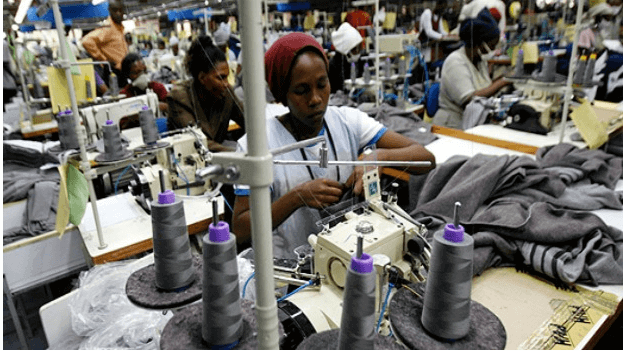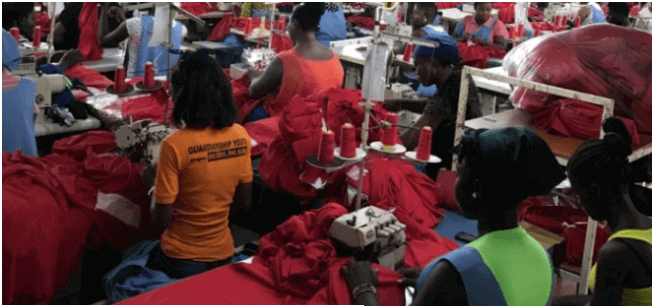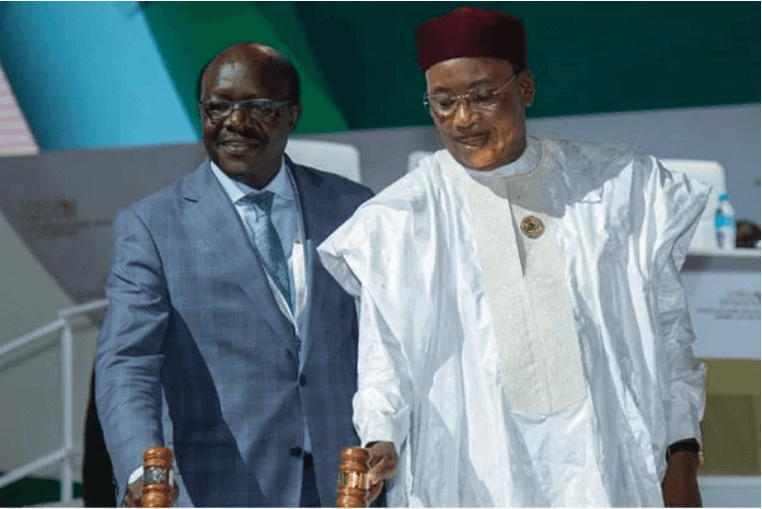As the world’s economic giant – the United States – continues to wage economic war against China, Mexico, Turkey and, more recently, India in establishing tariff barriers against their products, African countries have opted to spurn protectionism and embrace intraregional trade. A significant and historic step was taken on 30 May, as the African Continental Free Trade Area (AfCFTA) came into effect. What does this all mean, and is it cause for celebration? A market potential for goods and services of 1.2 billion people, an aggregate gross domestic product (GDP) of $2.5trn, the reduction of tariffs and the free movement of labour is not to be sniffed at. I know this, as I come from a country of 2 million people and a GDP of circa $17.5bn. Investors want access to a large consumer base and the benefits of scale cannot be underestimated for attracting foreign direct investment. Yes, the agreement is indeed a cause for cautious celebration. The speed with which it has been brought into effect from June 2015, when the negotiations first commenced to establish the continental free trade area, to May 2019, when 51 of 54 African countries signed up, is nothing short of a miracle. We need to applaud the tenacity of our leaders in getting here. As a continent, intraregional trade is an economic imperative. Currently only 12% of trade is within Africa, while 75% of our exports to the rest of the world are still mainly minerals (crude oil and copper), according to United Nations...
The AfCFTA is a giant step forward. But it remains just the start.
Posted on: November 1, 2019
Posted on: November 1, 2019

